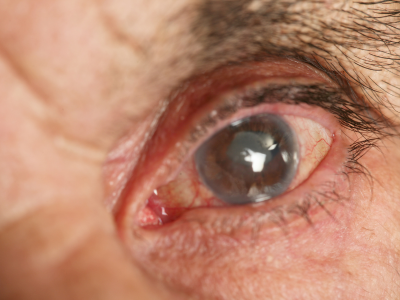Glaucoma
Glaucoma is an eye condition characterized by loss of vision due to damage of the optic nerve. The optic nerve carries images to the brain, and any damage to the nerve results in damage to sight. Usually, but not always, the damage occurs because pressure within the eye increases and presses on the nerve, which damages it. Although there is no cure for glaucoma, it can be effectively managed and glaucoma sight loss minimized. We are experts at controlling the effects of glaucoma on eyes through innovative treatments and experienced clinical care. We counts some of the world’s leading glaucoma eye researchers and clinicians among its staff, and will be happy to talk to you about any aspect of your ongoing care.
Glaucoma:
The different types of glaucoma
The term ‘glaucoma’ actually covers several different conditions;
Chronic open angle glaucoma:
The most common is Chronic (primary open angle) glaucoma. This form usually affects both eyes and develops slowly so that loss of sight is gradual. There is no pain, redness of the eye or dramatic change in vision.
Angle closure glaucoma:
With acute angle closure glaucoma, there is a sudden increase in the pressure within one eye. Acute glaucoma symptoms include the eye becoming red and painful. Often, there is mistiness of vision and episodes of seeing haloes around lights. Slow developing types of angle closure also occur and require careful assessment.
Sometimes, other diseases of the eye, such as uveitis (an inflammation in the eye), can cause a rise in the pressure within the eye. This group of conditions is called secondary glaucoma. There is also a rare type of childhood glaucoma (congenital glaucoma), which affects young children due to an eye abnormality at birth.

Glaucoma symptoms
Glaucoma signs and symptoms typically develop over a period of years and are often detected during routine eye checks. The initial signs of glaucoma tend to be diminished peripheral vision, with both eyes usually being affected.
Chronic glaucoma symptoms:
There are usually no symptoms with chronic glaucoma because it occurs so slowly. People with this type of glaucoma often do not realise that their sight is being damaged until it is too late. This is because the first part of the eye to be affected is the outer field of vision (peripheral vision). This often means that vision is lost from the outer part of one’s field of vision, slowly working inwards towards the centre. Changes in vision are often linked to getting older, which is why regular eye checks are so important. It is recommended that people who are over 40 years of age have an eye test every two years.
Acute glaucoma symptoms:
Due to the rapid development of acute glaucoma, the symptoms are often severe. They include;
- Intense pain
- Redness of the eye
- Headache
- Sore, tender eye area
- Seeing halos, or ‘rainbow-like rings’ around lights, and misty vision
- As a result of these symptoms, some people may experience nausea and vomiting.
The symptoms of acute glaucoma are not constant, and they can last a few hours before disappearing again. However, each time the symptoms occur, your vision is damaged a little more. It is important that you contact your GP straight away if you experience any of the above symptoms because early treatment can prevent further glaucoma damage from occurring.
If you experience symptoms outside of your GP’s normal working hours, visit your nearest accident and emergency (A&E) department. The healthcare staff will be able to relieve the pressure within your eye and treat any pain and discomfort that you are experiencing.
Secondary glaucoma symptoms:
As secondary glaucoma is caused by other conditions, or eye injuries, it is possible that the symptoms of glaucoma itself may be confused with the original cause. However, the glaucoma may still cause misty vision, and rings, or halos, around light sources.
Childhood glaucoma symptoms:
Although glaucoma in children is very rare, there has been a specialist paediatric glaucoma service for over fifty years. Recognising the developmental congenital glaucoma symptoms can be very difficult due to the young age of the baby, or child. However, your child may display some symptoms, such as:
- Having large eyes, due to pressure causing the eye to expand
- Being sensitive to light
- Having a cloudy appearance to their eyes
- Having watery eyes
- Jerky movements of the eyes
- Having a squint, which is an eye condition that causes one of the eyes to turn inwards, outwards, or upwards, while the other eye looks forward.
If you notice any of these symptoms, you should visit your GP as soon as possible, or contact your consultant.
When to seek medical advice?
Glaucoma is a medical emergency and requires attention immediately. An early glaucoma diagnosis can help prevent your vision diminishing. You will not go blind if your glaucoma is diagnosed early enough and you follow your treatment as instructed. Any sight you have lost you will not regain, however, there is help and information available for people who have lost their sight through glaucoma.
Go to your nearest A&E or eye casualty facility as soon as you can if you notice any glaucoma symptoms. You should also consult your GP or optician if you have any concerns regarding your vision in general.
Glaucoma tests and glaucoma treatments
It is recommended that you have routine eye tests every two years. These are conducted at an optician and will help to detect glaucoma early. As there are no glaucoma prevention methods, early diagnosis is vital to minimise the symptoms. Glaucoma tests are not painful and include quick vision tests and pressure checks. If your optometrist suspects you may have glaucoma, they will refer you to a specialist ophthalmologist.
Although it is not possible to reverse any vision loss associated with the condition, several glaucoma treatments can be recommended to you to prevent any further effects. Glaucoma medications may be prescribed to you, including special glaucoma eye drops.
Laser treatment for glaucoma is an effective option for patients with early stages of open-angle glaucoma. The glaucoma laser surgery procedure takes approximately 15 minutes, helping to allow fluid to leave the eye more easily.
Surgery may be required if other methods fail to control the problem. Many types of glaucoma surgery exist. Choosing between these operations requires surgeons who are experienced in multiple techniques and familiar with the latest research into new methods. The traditional type is known as trabeculectomy. This glaucoma operation involves removing a part of the outer coating in the eye. This makes it easier for fluid to drain and lowers pressure within the eye. Other types of surgery may involve insertion of a very fine tube into the eye to drain the fluid.
Your consultant surgeon will be able to advise on the best treatment path for you.

Glaucoma causes:

The eyeball is filled with a watery substance called aqueous humour, which creates pressure in the eye to give it shape. In healthy eyes, this fluid constantly flows in and out of the eye to nourish it. It drains back into the bloodstream at the same rate that it is produced in order to maintain the correct pressure.
Glaucoma occurs when the drainage tubes (trabecular meshwork) within the eye become slightly blocked, preventing the aqueous humour from draining properly. It can also occur if there is an obstruction within the eye. An obstruction within the eye, such as a blood vessel blocking the trabecular meshwork, can also prevent fluid from draining properly.
When the fluid cannot drain properly, the pressure in the eye builds up and can cause damage to the optic nerves, and the nerve fibres from the retina. It is unknown why the drainage tubes get blocked, or why other parts of the eye obstruct the tubes.
Glaucoma risk factors
There are various other factors that can lead to glaucoma. These are listed below;
Age – chronic glaucoma becomes more likely as you get older, affecting about 1% of people who are between the ages of 40-65, and 5% of people who are over 65 years of age.
Ethnic origin – people of African, or Afro-Caribbean origin, tend to have a greater chance of developing chronic glaucoma. Also, people of Asian origin are more likely to develop acute glaucoma.
Short sightedness – people who are short-sighted are more likely to develop chronic glaucoma.
Family history – if you have a close relative, such as a parent, brother, or sister who has glaucoma, you may also have an increased chance of developing the condition yourself. Therefore, to find out if there is glaucoma hereditary risks in your family, you should have regular eye tests in order to monitor the condition of your eyes.
Medical history – research suggests that people with diabetes are also more likely to develop glaucoma than those without the condition
